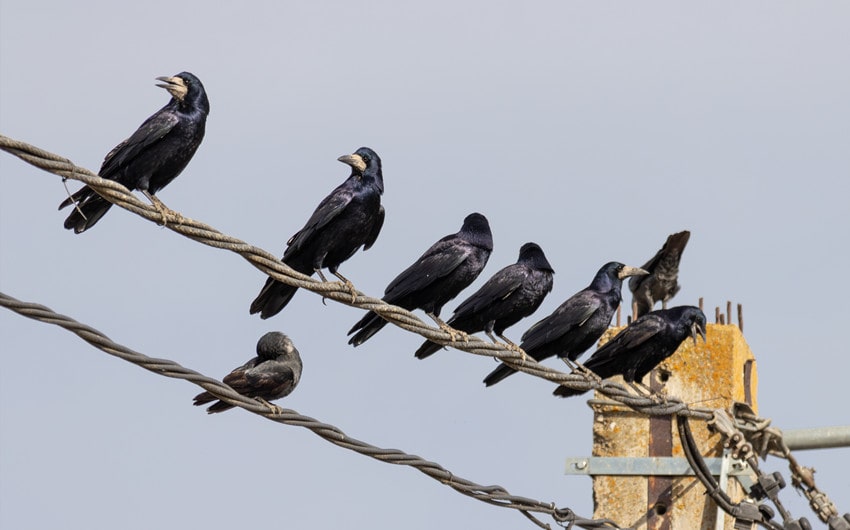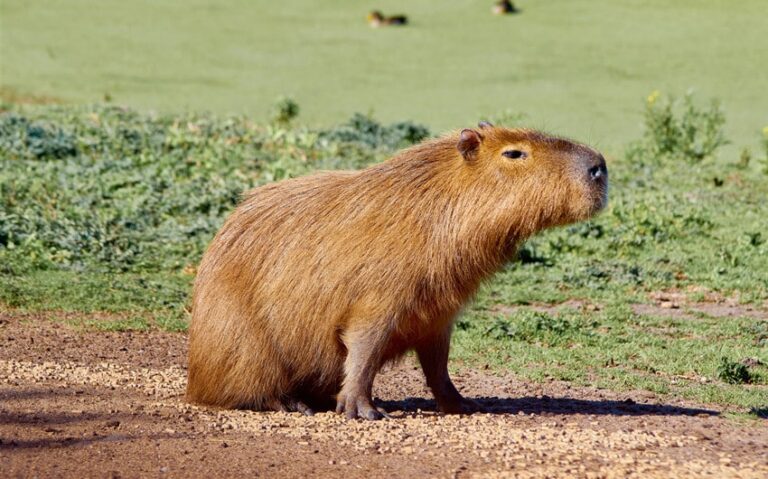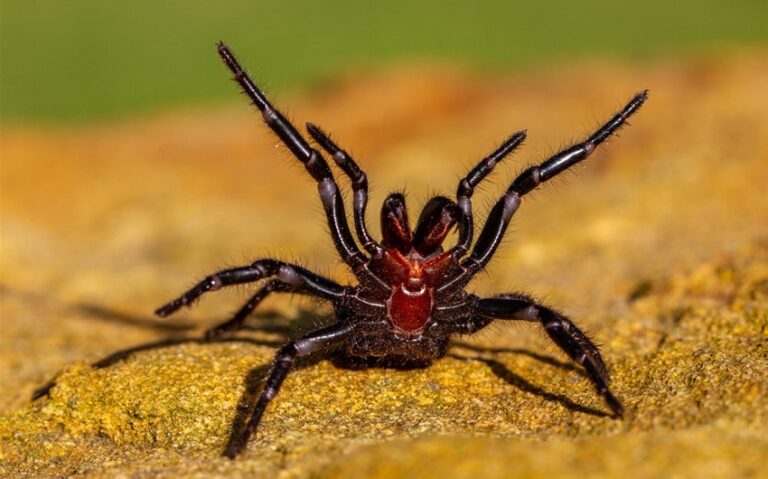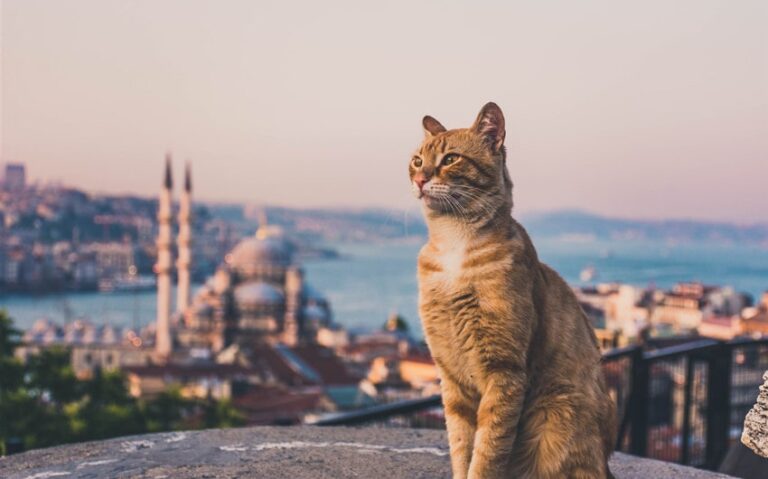Why Do Crows Gather and What Their Behavior Really Reveals
I’ve always had a strange admiration for crows. Maybe it’s the way they tilt their heads when they look at you, like they’re trying to figure you out. Or maybe it’s how they never seem to be alone—there’s always a group nearby, watching, calling, or circling in the sky. And once you’ve seen a tree packed with dozens of black shapes, all calling in unison, it’s hard not to wonder: what are they doing? Why do crows gather like that? After digging into it, I found out they aren’t just loitering. They’re organizing, communicating, surviving—and maybe even grieving.
They Roost Together for Warmth, Safety, and Shared Knowledge
One of the biggest reasons crows gather is for night roosting. As the sun sets, crows from miles around will begin flying toward a central spot—sometimes a dense tree stand, sometimes an urban structure, even electrical towers. These roosts can include hundreds to tens of thousands of crows.
The benefits of this behavior are incredibly practical. First, there’s warmth. Crows, like all birds, have to fight off the cold. In winter especially, huddling together helps them conserve energy and survive lower nighttime temperatures. Second, there’s safety in numbers. A large group of alert, intelligent birds makes it hard for predators like owls or hawks to sneak in. When one crow notices something unusual, the entire flock reacts in seconds.
But roosting isn’t just about physical needs. There’s also the informational benefit. Researchers have observed that crows use these gatherings to monitor each other—who’s finding food, who’s taking risks, and where new resources might be. It’s called the information center hypothesis. If a crow saw another eating something good earlier in the day, they’ll follow them the next morning. That’s not just clever—it’s collaborative intelligence in action.
Seasonal Patterns Drive Flocking Behavior—Especially in Fall and Winter
During spring and summer, crows are more territorial. They’re raising chicks, defending nesting sites, and focused on survival in smaller family groups. But once the breeding season ends, their priorities shift. They don’t need to guard a nest anymore, so they rejoin larger groups—sometimes the same communal roost they’ve used for years.
This shift often starts in late summer and peaks in autumn and winter, especially in northern climates. That’s when food becomes harder to find, and warmth becomes a bigger concern. The result? Dramatic, noisy, and sometimes eerie flocks descending on trees, parking lots, and rooftops near dusk.
Roosting sites tend to stay the same year after year, especially in urban or semi-urban areas where artificial light, lower predator activity, and constant food sources make for ideal conditions. If you’ve ever seen a familiar sunset flock, it’s not a coincidence—they probably return to that same roost every night of the season, sometimes passing the location down generationally like a family tradition.
Yes, Crows Hold “Funerals”—And They’re Learning While They Do It
This is the part that gave me chills: crows don’t ignore their dead. If one dies on the ground, nearby crows often gather—sometimes silently, sometimes with loud vocalizations. They’ll land in surrounding trees, form a ring around the body, and stay for minutes or even hours. They don’t eat it. They don’t remove it. They just watch.
At first glance, this behavior looks emotional. And honestly, it might be. But most scientists think these “crow funerals” are learning opportunities. Crows observe the scene to understand what caused the death. If the crow died near a human, predator, or trap, they remember that spot and avoid it for a long time—sometimes years. In one experiment, researchers in masks handled dead crows, and the local flock remembered and mobbed people wearing that same mask for five years after the incident.
So are they grieving? Maybe. But even if they aren’t mourning in the human sense, they’re clearly paying attention. And that awareness, that stillness around death, is something we don’t often see in animals. It’s both deeply strategic and oddly moving.
Communication and Social Strategy Play a Massive Role
Crows aren’t just smart—they’re socially sophisticated. When they gather, they aren’t just huddling for comfort. They’re talking. And crow communication isn’t just noise. It’s full of meaning. They use dozens of different calls: alarm calls, rally calls, food discovery sounds, and even imitation. They’ve been known to mimic human speech and other birds. In large gatherings, this chorus becomes a network of exchanged information.
And they’re watching each other. If a crow sees another solve a problem or access food, it’ll try the same thing later. That’s not instinct—it’s observational learning. One study even showed that juvenile crows learn how to use tools not from trial and error, but by copying adults.
These gatherings aren’t just coincidence. They’re planned, strategic assemblies. If a location offers safety and reliable food, the word spreads through the flock. And if one member is mistreated or threatened, others will remember—and they’ll let the group know. Crows don’t just act socially. They act collectively, almost like a single, multi-brained organism.
They Use Gathering to Map Their World and Remember You
Here’s where it gets personal. Crows remember human faces. And not in a vague “oh, you again” kind of way. They specifically remember people who have helped or harmed them—and they teach that memory to other crows. If someone feeds a crow consistently, they may be greeted by that crow every day, sometimes with gifts: shiny objects, buttons, bottle caps. But if you harass a crow? You’ll be labeled as a threat. And other crows will recognize you, even if they weren’t there for the first incident.
Large gatherings amplify this collective memory. Crows share information about danger, food, people, and places. When they roost or assemble in large numbers, they’re mapping the area—identifying which humans are “safe,” where resources are located, and what to avoid. They do it not through spoken language, but through subtle vocalizations, gestures, and attention.
This is part of what makes their presence feel eerie. We don’t usually think of birds as watching us, but crows do. And when they gather, there’s an undercurrent of strategy in everything they do. They’re remembering. Planning. Reacting.
Crows Gather Because They Thrive in Community—Much Like We Do
In the end, what struck me most was how much crow gatherings resemble human behavior. They share resources. They warn each other. They mourn. They socialize. They adapt. They don’t just survive—they thrive together. Their intelligence is shaped by their relationships. Their success is built on cooperation. And their gatherings are as much about thought as they are about instinct.
We tend to view flocking behavior as chaotic—like a mass of noise and motion. But when crows gather, it’s anything but random. It’s a ritual. A strategy. A conversation. A city of minds, in flight and perched, solving problems together in real time.
So the next time you see crows gathering—on power lines, in treetops, on a snowy field at dusk—don’t assume they’re just making noise. They’re planning, talking, remembering, and adapting. And if you pay close enough attention, you might realize they’re watching you too.



